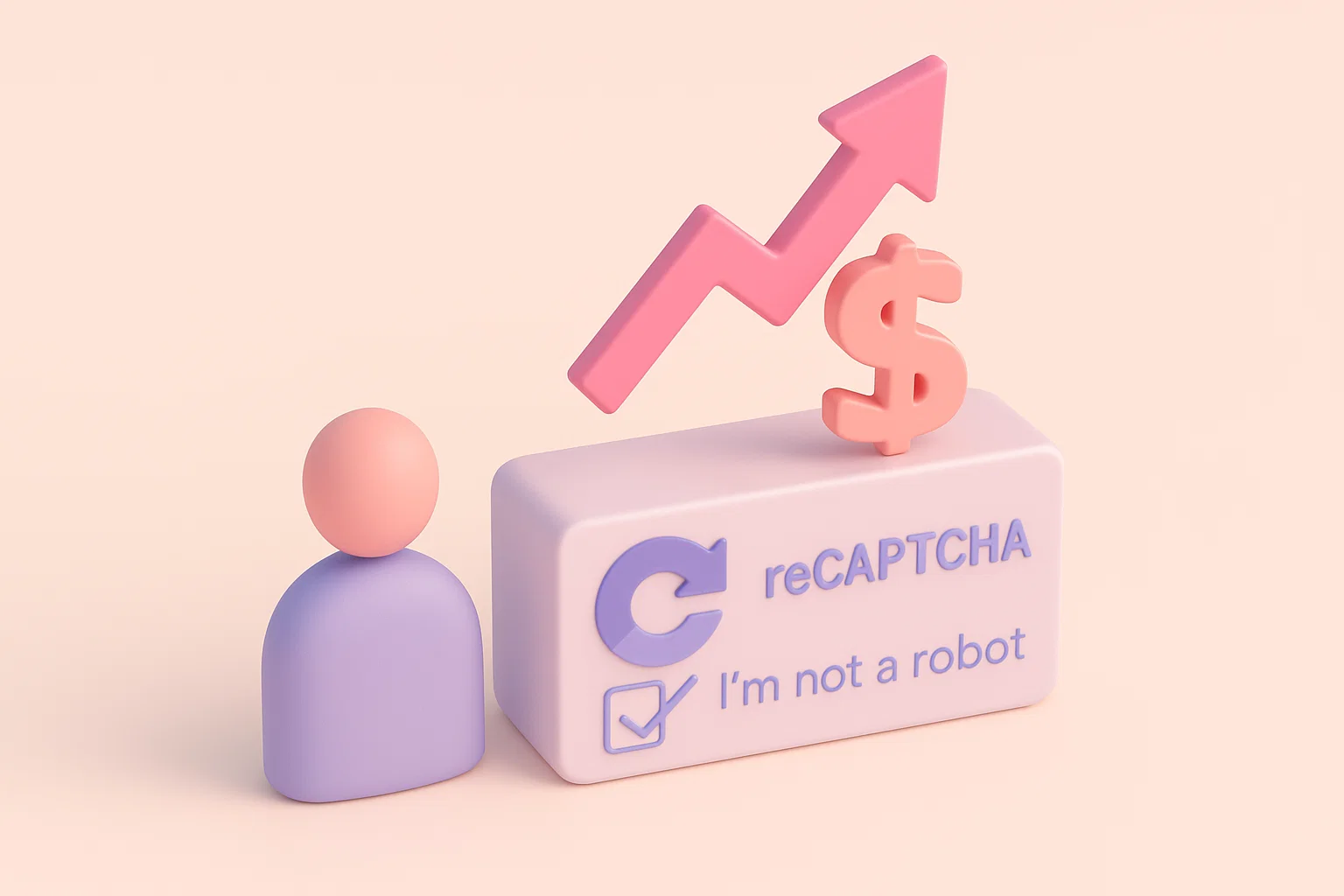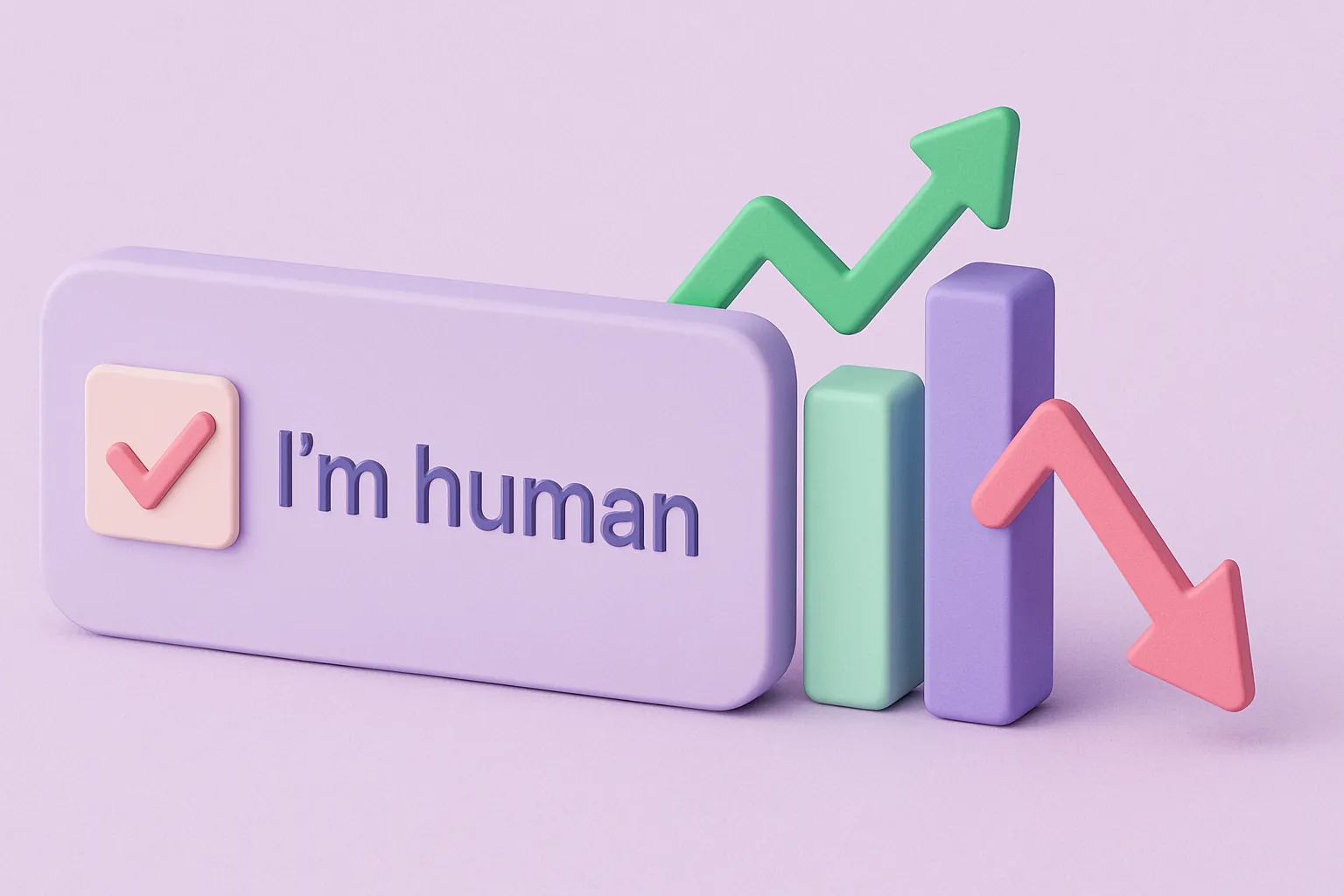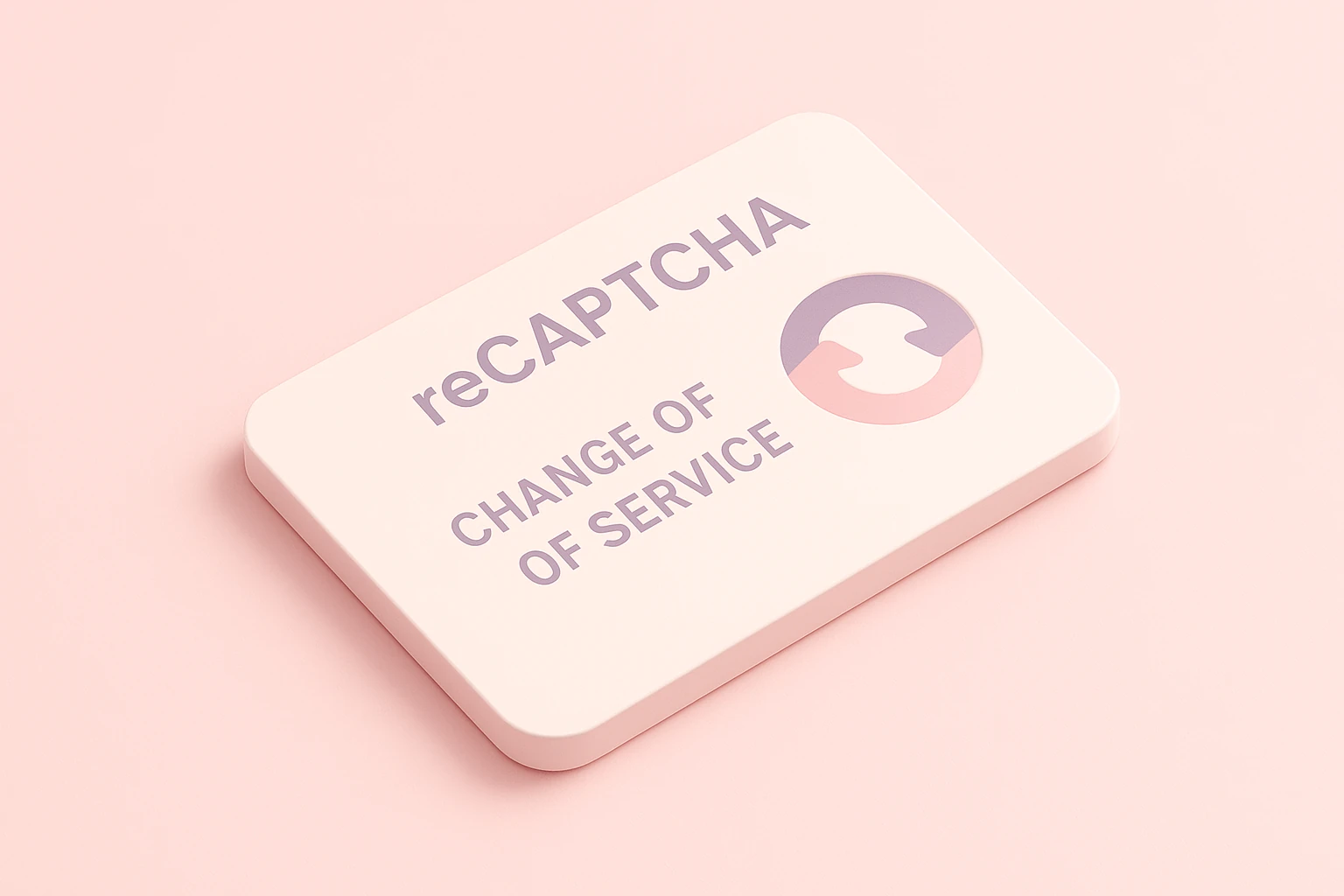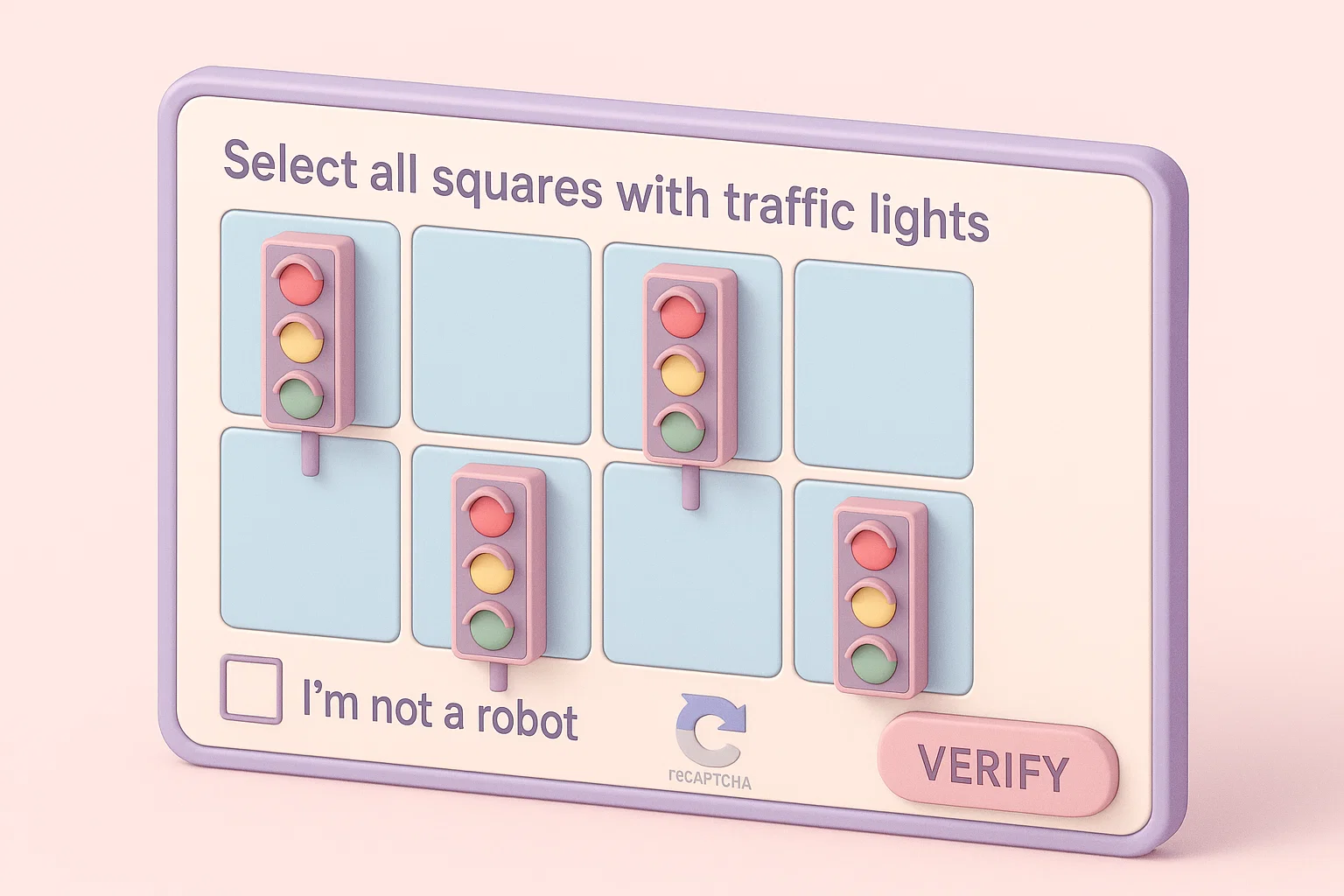Why am I clicking traffic lights? The reason Google reCAPTCHA frustrates users
The use of images of traffic lights, cars, crosswalks, and other urban scenery in reCAPTCHA challenges is an interesting intersection of human-computer interaction, machine learning, and the evolving needs of digital security. This article delves into the reasons behind this specific choice of images, exploring its implications for both security and the development of artificial intelligence.
Origins of reCAPTCHA
reCAPTCHA is a service from Google that attempts to help protect websites from spam and abuse. Initially, it was developed to both improve the process of digitizing text from books and newspapers and provide security for online services. Users were asked to type words that computer algorithms had trouble recognizing. This method not only improved the digitization of texts but also served as a test to distinguish between human users and automated bots, though provided a poor UX.
Transition to Image-based CAPTCHAs
As machine learning and optical character recognition (OCR) technologies advanced, the effectiveness of text-based CAPTCHAs diminished. Bots became increasingly proficient at deciphering distorted text, prompting the need for a more robust method to prevent automated abuse. Consequently, reCAPTCHA evolved to include image-based tests, which required users to identify and select images matching a specific prompt, such as traffic lights, cars, or storefronts.
Unfortunately, along with more difficult CAPTCHAs came an even worse user experience than before.
Why Traffic Lights, Cars, and Urban Scenery?
The choice of traffic lights, cars, and urban scenery for reCAPTCHA challenges is not arbitrary. It is grounded in several practical and technological considerations:
Complexity for Machines
These images often contain complex patterns that are challenging for AI to interpret accurately. Despite significant advancements in machine learning, the ability of AI to understand context and make nuanced distinctions in cluttered or overlapping images remains limited compared to human perception.
Further complexity is the source of the particularly odd looking more recent CAPTCHAs.
Familiarity
Traffic-related objects are mostly familiar to most people around the world, regardless of their country. This universality is crucial for ensuring that reCAPTCHA tests are accessible and solvable by a wide demographic of users.
With this said, there are concerns that too high a focus on imagery and data from the USA can easily lead to a poor UX for other countries.
Contribution to AI Training
By asking millions of users to identify these objects in images, Google can use the aggregated data to train machine learning models. This is particularly useful for improving AI in areas such as autonomous driving technologies, where the ability to accurately recognize traffic-related objects is paramount.
Google denies using this data to train autonomous driving cars, however this would hardly be the first time the tech giant lied.
Security and Beyond
The primary goal of using such images in reCAPTCHA challenges is to verify that the user is indeed human. However, the implications extend far beyond simple security measures. By leveraging human cognition to identify specific items within images, Google can continuously enhance its AI closed-source algorithms, particularly for projects related to image recognition and autonomous vehicles.
Whether this has a positive effect on the wider AI community is up for debate, though few would argue that a data monopoly benefits anybody.
Ethical and Privacy Considerations
While the use of reCAPTCHA challenges serves important purposes in security and AI development, it also raises questions about privacy and the use of human labour in machine learning. Google states that it uses data from these challenges to improve its services and technology, but the process also underscores the vast amount of data collected and its potential uses.
Vast data collection always leads to the inevitability that personal data is both included and leaked.
What does all this mean for me?
The use of images of traffic lights, cars, and urban scenery in reCAPTCHA challenges is a multifaceted strategy that addresses the twin goals of enhancing digital security and advancing machine learning technology. It exemplifies how human-machine interactions can be designed to mutual benefit, albeit not without raising questions about privacy and the ethical use of data. As technology continues to evolve, so too will the methods and rationale behind these ubiquitous tests, reflecting the ongoing cat-and-mouse game between security experts and cyber attackers.
You've probably noticed by now you're on a website with a reCAPTCHA alternative! We're pretty proud of our product, Procaptcha, and feel you'll appreciate the numerous benefits it provides over reCAPTCHA. Read more.
Related Posts to Why am I clicking traffic lights? The reason Google reCAPTCHA frustrates users

How to deploy Procaptcha on your website or app
Wed, 20 Sept 2023

How the Google reCAPTCHA Price Hike Affects You
Sun, 18 Feb 2024

Top CAPTCHA Solutions of 2024 - Balancing Security and Usability
Tue, 20 Feb 2024

Stop giving your website data away!
Thu, 22 Feb 2024

Google reCAPTCHA is a privacy nightmare - Questions over privacy promises and cookie use
Mon, 18 Mar 2024

How Much Does Prosopo Procaptcha Cost Compared to reCAPTCHA?
Tue, 09 Apr 2024

What is the best value CAPTCHA in 2024?
Sat, 13 Apr 2024

reCAPTCHA is Changing Its Terms of Service
Mon, 10 Nov 2025
Start for free today. No credit card required.

